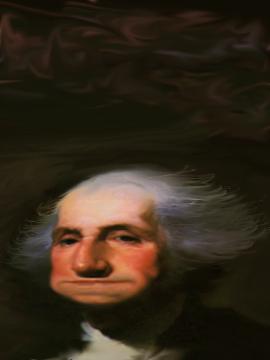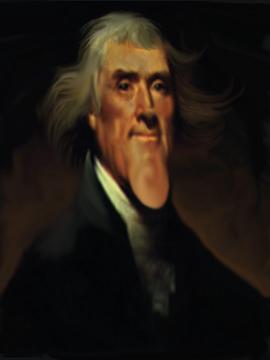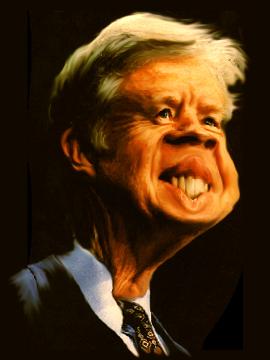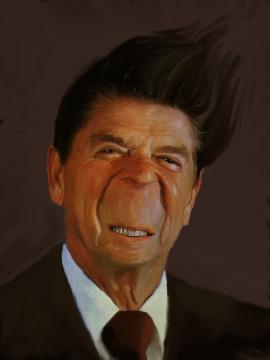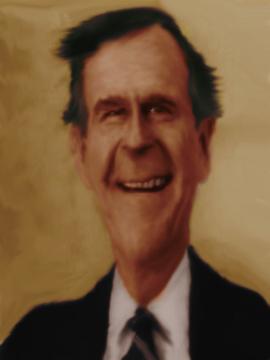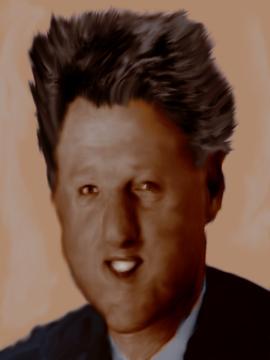I have noticed that when using an interactive morphing tool, there is no need to have the special talent of a caricaturist. Based on my experience as a professional caricaturist, I have developed a procedure to make caricatures from photographs by using morphing tools. People need only have the ability to recognize others from their caricatures. Judging from the popularity of caricatures, I expect that most human beings have this ability.
Procedure for Making Caricatures
- Use an extremely simple template.
Thinking it will give them greater control, most people, when using morphing tools, tend to start with complicated templates. However, in this case less is more. The templates should be extremely simple and they should include only the essential features of the face: nose, eyes, mouth and outline. The reason behind this simplicity comes from the essential rule of caricature; don't distort, exaggerate! (Lenn Redman, How To Draw Caricatures). I have noticed that complicated templates inevitably result in deformations. For instance, a rectangle or two simple lines are enough to represent the mouth. If we use a curved template consisting of several lines for the mouth, changing any of those lines will result in a deformation rather than an exaggeration. The figure 1 shows the template I used for the caricature of President Reagan. (Note that image borders are included to keep the image intact.)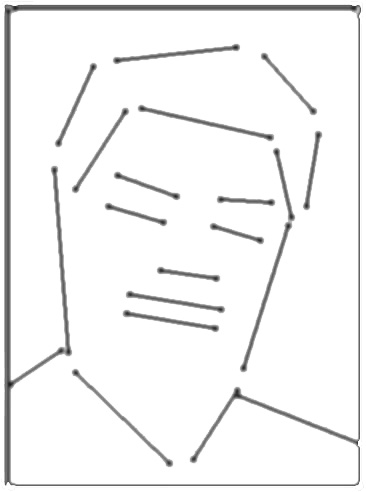
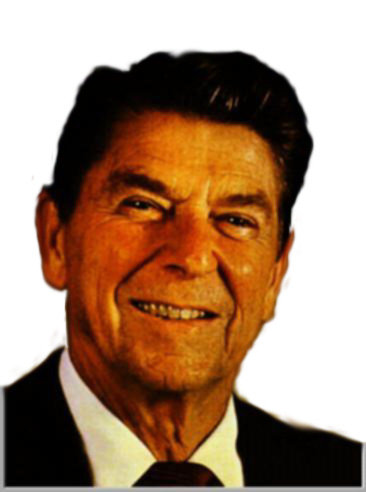
Figure 1.
- Exaggerate only one feature at a time.
Concentrating on only one feature causes the user to understand its importance relative to the face. I have found that in order to avoid distortions only the sizes and positions of the features need to be changed. Since morphing tools do not explicitly provide such operations, users must restrict themselves to scalings and translations. Since the human face is a 3D object, perspective deformations occur when the sizes and positions of the features are changed. In cases when the face is not directly looking at the camera, perspective deformations must be taken into account.
- If exaggeration creates a likeness, continue to exaggerate.
If it does not
create a likeness, make the exaggeration in the opposite direction.
If neither directions gives a likeness, return the feature
to its original position.
I have observed if an exaggeration is in the wrong direction, the result will not be a likeness, on the other hand, an exaggeration in the right direction creates a likeness even for extreme exaggerations. This observation can be used to determine how a subject's features are different from most people's. For instance, in figure 2, I decreased the distance between President Reagan's lips and nose. The result did not give me a likeness. Thus, as shown in figure 3, I next increased the distance between his lips and nose and achieved a likeness. Based on this investigation, I determined that his distance between lips and nose is longer than most people's. As a result, I concluded that I could make this distance much longer in his caricatures. By using this rule, anybody who can recognize the likeness can interactively exaggerate a feature in order to decide how this feature is different from most people's.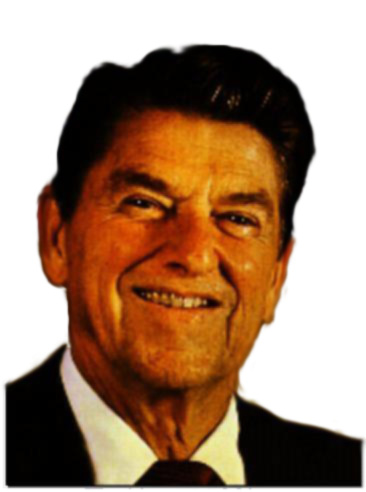
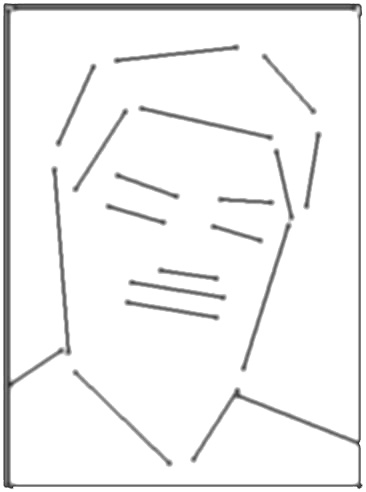
Figure 2.
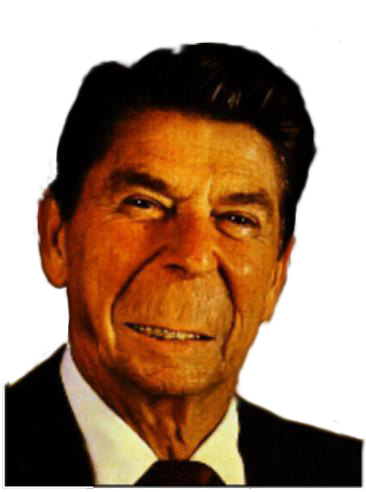
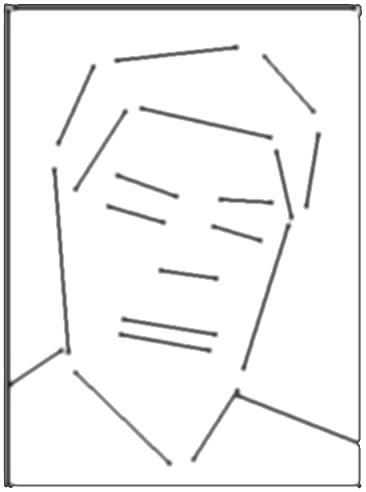
Figure 3.
- Start again with another feature until satisfied with the result.
Conclusion
In this work, I am proposing a simple procedure for making caricatures. I believe that anybody who can recognize a likeness can make caricatures by using this procedure. The caricatures of six presidents shown in figure 4 were all made following this procedure. To further enhance the results, I created a painted look by smudging the images in photoshop.
